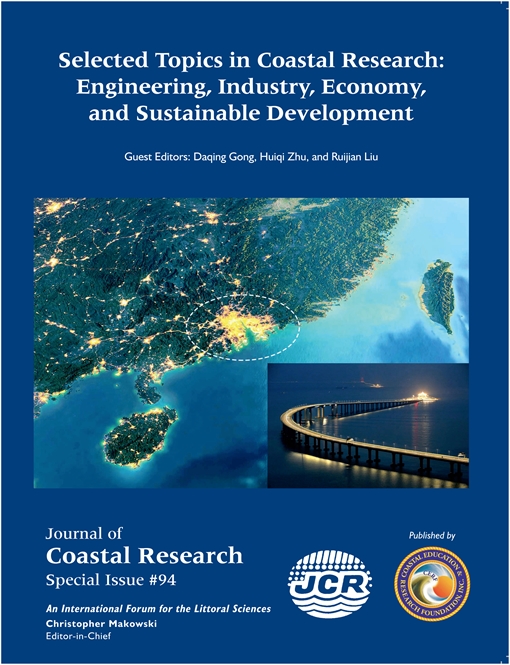Lu, X.-M. and Wu, Q., 2019. Coverage hole patching of hybrid wireless sensor network in marine environment. In: Gong, D.; Zhu, H., and Liu, R. (eds.), Selected Topics in Coastal Research: Engineering, Industry, Economy, and Sustainable Development. Journal of Coastal Research, Special Issue No. 94, pp. 296–300. Coconut Creek (Florida), ISSN 0749-0208.
During the pollutant leakage detection process in the marine environment, since the detection area cannot be determined in advance, applying random distributed homogeneous static wireless sensor nodes for the detection would generate coverage holes. The traditional coverage hole patching method uses the homogeneous mobile sensor nodes to randomly cover the hole area, the coverage rate is low, and it's a huge waste of resources, and in practical applications, all sensor nodes are heterogeneous. In response to this problem, this paper proposed a hole patching algorithm with a priority mechanism. The algorithm used the size of the holes of the heterogeneous hybrid network to determine the patching priority and to perform hole patching, and increased the coverage rate, it is conductive to the coverage hole patching of wireless sensor network (WSN) in the marine environment.





